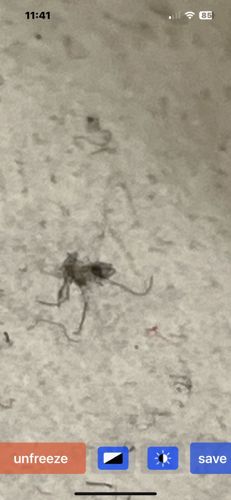Drain Fly, Moth Fly, Filter Fly, Sewer Fly
Scientific Name: Psychoda spp. (e.g., Psychoda alternata, Clogmia albipunctata)
Order & Family: Order: Diptera, Family: Psychodidae
Size: Typically small, adults are about 1.5 to 5 mm (0.06 to 0.2 inches) in length, including their wings.

Natural Habitat
Drain flies are commonly found in moist environments rich in decaying organic matter, such as drains (kitchen sinks, bathroom sinks, showers, floor drains), sewage treatment plants, septic tanks, and areas with standing water. They also thrive in condensation pans, sumps, and neglected garbage disposals.
Diet & Feeding
Adult drain flies do not typically feed, or if they do, they consume very little liquid. The larvae, however, feed on the decomposing organic matter, bacteria, fungi, and algae found in the gelatinous films of drains, plumbing, and other moist areas.
Behavior Patterns
Drain flies are typically active during warmer months and are nocturnal. They lay eggs in the gelatinous film found in drains. The larvae feed on the film and decaying organic matter. Adults are not strong fliers, tend to hop or make short flights, and are often seen resting on walls or ceilings near breeding sites. They have a short lifespan as adults, usually a few weeks.
Risks & Benefits
Potential Risks: While generally not considered a health risk, drain flies can be a nuisance. They can contaminate food surfaces if they land on them and may carry bacteria from their breeding sites. In large infestations, they can be annoying. Rarely, allergic reactions to their presence have been reported. Potential Benefits: In their natural habitat, they contribute to the decomposition of organic matter.
Identified on: 8/27/2025